Originally published in AutoWeek, October 26, 1992
Citroen XM; photos by John Matras
Unique is an overworked and often improperly used word, so we won’t use it to describe the Citroen XM. The XM is, however, the only French automobile currently being imported into the United States and it is, well, different. As you’d expect of a Citroen.
The importer, however, is not Citroen, but CXA, a gray-market operation that by dint of persistence, has outlasted Citroen’s parent, PSA Group, which recently pulled the Peugeot brand out of the States.
But while Peugeot was around, there was a running feud between CXA and its previous incarnation, CX Auto, over Citroen imports. In an effort to distinguish itself from the French company, the Middlesex, N.J., importer renamed the cars the CXA Vitesse and declared itself the vehicles manufacturer by virtue of its federalization work done on the euro-spec versions in a Holland facility.
Ironically, now that Peugeot has retreated from the market, NHTSA has ruled that CXA is an importer and not a manufacturer and as a consequence can’t rename the cars. So, they remain Citroens.
CXA now imports Citroen XMs purchased from the German distributor (left-hand-drive models with U.K.-spec English language instrumentation). It converts them to US standards at its New Jersey facility, changing the catalyst, adding the side-marker lights and installing Pontiac headlamps. The standard adjustable-four-height shoulder belt is replaced by a door-mounted passive shoulder belt.
The sole sales outlet is John Stout Automobiles in West Chester, PA; CXA claims 80 service centers around the country.
Citroen XM is an upscale five-door, five-passenger sedan that Citroen calls an “executive sedan” in Europe.
It is, as Andre Citroen decreed so many years ago, front-drive and styled with an insistent Gallic disregard of foreign fad or fashion. Form follows function with the drag coefficient of 0.30, while avoiding the popular ovoid aero look. It’s unusual, yes, but for Citroen it seems remarkably conventional. The interior is roomy, not only up front but in the backseat as well. With leather seating and the usual gamut of luxo-touches it may be too good. The kids may never leave home.
Inside, the dash is out of vogue, a rectangular hood over analog gauges and warning lights. The single-spoke “safety” steering wheel lacks even bumps for thumb grips, but is adjustable for reach and tilt.
The controls are, to the driver, the most Citroen part of the XM. The self-centering steering, which sometimes provides too much help in returning the steering wheel to dead ahead, and the minimal-travel brake and throttle pedals give a different feel to driving. The XM continues the use of the hydro-pneumatic springing but adds electronic controls to switch between “firm” and “soft” settings for damping and springing based on steering, acceleration, braking, vehicle movement and speed input. The system can sometimes be felt working. In a light braking situation, after the brakes are released, the rear end rises. The system reduces the typical French body roll and cornering without interfering with the ride for which Citroen’s are famous. Marshmallowy it isn’t, with plenty of road feel, but it is quite smooth and controlled.
Although the XM is available in Europe with engines from a 2.0-liter turbodiesel to a 200-horsepower 24-valve 3.0-liter V6, CXA has certified only the 3.0-liter V-6 producing 170 HP.
A four-speed electronically-controlled automatic transmission is standard equipment from CXA, although a five-speed manual is a no-cost option. Acceleration is on the good side of adequate—the XM has a curb weight of 3130 pounds—and is helped by holding the ZF automatic, which shifts early on its own, in gear to redline. The ZF shifts with a thunk even at part throttle.
The XM, which wasn’t optimized for EPA mileage testing, is rated at 15 mpg city and 21 mpg highway. Therefore, it is subject to $1,700 gas-guzzler tax. That comes on top of the base price of $49,990 plus $900 destination charge. Our test XM had two options, a power moonroof ($1,700) and custom sound system ($850), bringing the total MSRP to $55,140.
That’s breaking into the ionosphere of the car market and one of the reasons CXA expects to sell only 70 to 100 cars (sedans and wagons) in its first year. In Europe, the XM is a solid competitor in the luxury class, but in the States the price and limited distribution inevitably relegates it to a boutique status. The cost of certification and small-volume import inevitably moves it up a price class from where it competes in Europe. But it also almost guarantees exclusivity, even in neighborhoods where the three-pointed star is the norm. Call it the cost of being different, if not quite unique.









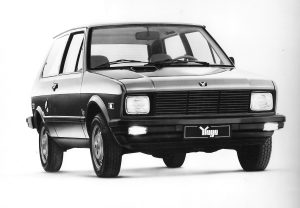

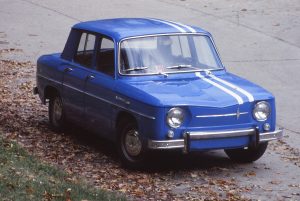
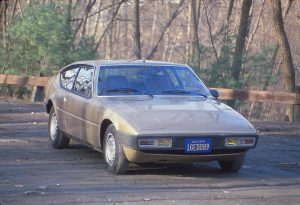
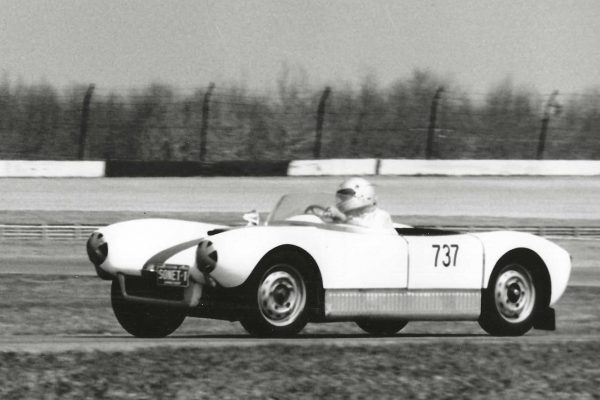
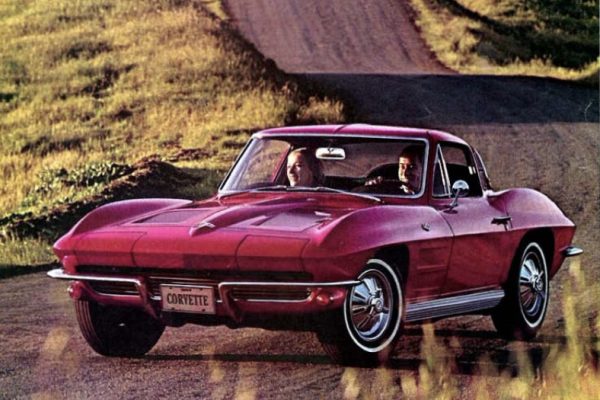
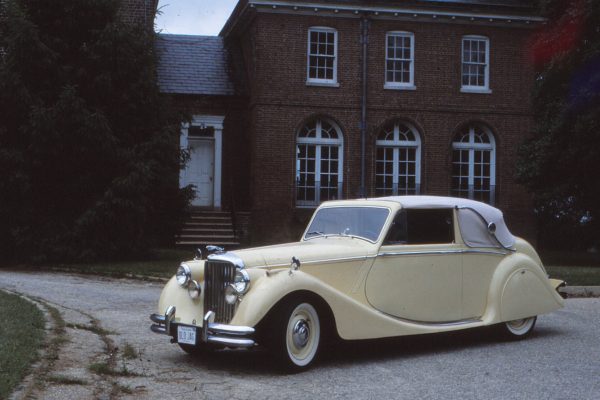
What Do You Think?
You must be logged in to post a comment.